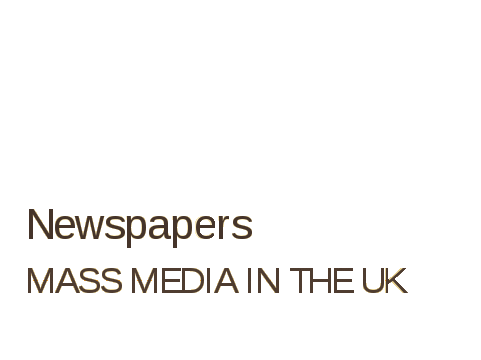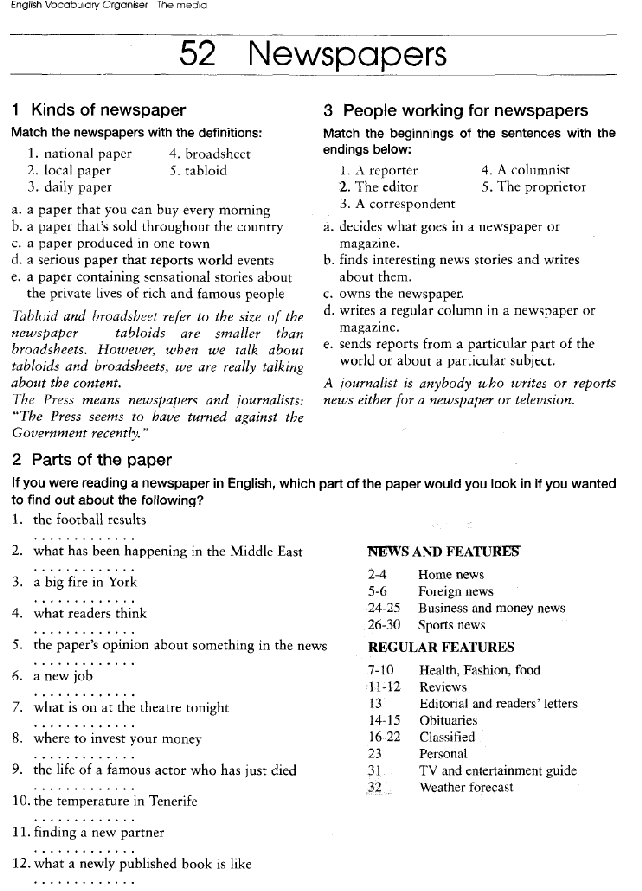Конспект урока на тему "Британские газеты. Употребление артикля с названиями газет"
Автор: Савич Татьяна Александровна
УО: ГУО «Средняя школа № 18 г. Пинска»
Должность:Учитель английского языка
Республика Беларусь
Аннотация:
Урок был создан на основе национального учебного пособия Республики Беларусь по английскому языку для 10 классов. Урок направлен на закрепление лексического материала по теме "СМИ", а также на развитие грамматических умений по теме "Артикль с названиями газет". Все задания носят коммуникативный характер, используется презентация.
Тема: Британские газеты. Употребление артикля с названиями газет.
Цель(учебный аспект): Формирование первичных грамматических умений употребления артиклей
Воспитательный аспект: создавать условия для воспитания уважения к мнению других людей, умения вести беседу.
Развивающий аспект: Создавать условия для развитие всех видов памяти, воображения учащихся и мышления.
Образовательный аспект:обучение навыкам работы с раздаточным материалом
Сопутствующие задачи: совершенствовать навыки употребления ЛЕ
Совершенствовать навыки восприятия и понимания речи на слух
Совершенствовать навыки чтения
Учебно-наглядный материал: карточки, учебник 10 класс Н.В. Юхнель и др.
Тип урока: урок формирования первичных грамматических умений.
Этап урока
Цель этапа
Речевое взаимодействие
Время
Примечание
Начало урока
Приветствие
Речевая зарядка
Фонетическая зарядка
Проверка домашнего задания
Введение новых ЛЕ
Первичное закрепление нового материала
Введение грамматического материала
Закрепление
грамматического материала
Сообщение домашнего задания
Рефлексия
Выставление отметок
Организация учащихся к уроку.
Введение в иноязычную среду.
Совершенствование фонетических навыков учащихся
Активизация материала предыдущего урока
Проверка усвоенного материала
Ввести ЛЕ
Закрепить введенный материал
Ввести правило
Самостоятельно закрепить усвоенный материал
Совершенствовать навыки самостоятельной работы.
Проверка усвоенного материала
-Good morning, boys and girls! Are you in a good mood?
Today we will speak about the British newspapers, and will learn how to use the article with their titles.
But before that let’s answer some questions:
How often do you read /watch/listen the news?
What professions connected with the news do you know?
Read the following words according to their transcription and give them definitions:
[njuːz]
['njuːzˌriːdə]
['njuːzˌeɪʤ(ə)nt]
['njuːsˌpeɪpə]
[ˌmæs'miːdɪə]
['njuːzˌletə]
['njuːzflæʃ]
Do you like reading newspapers?
What’s the latest news?
What’s the last article you’ve read? Has it been interesting? Let’s share the latest news. Work in groups of four. Make a list of the most interesting news in your group. Don’t forget about using your active vocabulary.
Open your books, page 212 Ex. 1a) Look at these British newspapers. Which of them would you like to buy? Why?
Ex. 1b, p. 213 SB Read the description of two main types of British newspapers. Match
them with the pictures from ex. 1a.
Watch the presentation and define say what type of the each newspaper is.

Ex2a, p. 213 SB Read the information on newspapers in Britain. Work in pairs. Guess what words and numbers are missing.
2b, p.213 SB Listen and check yourselves.
2c. p. 213 SB Match the verbs with their definitions. Use the context of Ex. 2a for help.
To use these words more active, do the tasks on the card (see App.1)
Ex. 2d, page 214 SB Correct the statements below
Ex. 3, page 214 SB Pay attention to the use of articles with the names of newspapers. Read the rules on page 296 SB.
Fill in the article where necessary
Do you read _______Komsamolskaya Prevda?
What is the news in ______Guardian?
______Times is writing today about the level of unemployment people in GB.
My dad likes to read ________Sovetskaya Belarus.
The most popular Journal among the Belarusian teachers of English is _______ Zamezhniaya Movi u RB.
___GEO is a very popular magazine.
Ex. 4a, p. 214 SB Study the picture. Guess the meaning of the words in the labels. Check with your teacher.
Ex. 4b, p. 215 SB Fill in the missing words from Ex. 4a to complete the questions.
Work in pairs ask and answer the questions. Use the newspapers you’ve got.
Show the structure of a printed Mass media on the example of the newspaper you’ve got.
Your h/t is Ex. 5, p. 215 SB Write an article, answering the questions. Do not forget about the using the articles.
Complete the following sentences
1. It’s important to know the latest news because … .
2. I like to read …
3. News papers are very important in the society because.
-Your work today …
-The lesson is over, bye-bye!
Card #1

Card 2
Fill in the article where necessary
Do you read _______Komsamolskaya Prevda?
What is the news in ______Guardian?
______Times is writing today about the level of unemployment people in GB.
My dad likes to read ________Sovetskaya Belarus.
The most popular Journal among the Belarusian teachers of English is _______ Zamezhniaya Movi u RB.
___GEO is a very popular magazine.
Задания из Учебного пособия
Communicative area: asking for and giving information Active vocabulary: to broadcast, a broadsheet, a tabloid, to include, to deliver, to provide (with), to remain Active grammar: articles with names of newspapers
1. a) Look at these British newspapers. Which of them would you like to buy? Why?
Match them with the pictures from ex. 1a.
broadsheet - a newspaper that used to be printed on large paper; a quality newspaper. E.g. In Britain, the broadsheets are generally believed to be more serious than the tabloids. tabloid - a type of popular newspaper with small pages which has many pictures and short simple reports. E.g. the tabloid press, a tabloid newspaper, a tabloid format. Information on the personal life of a film star is just the sort of story the tabloids love.
2. a) Read the information on newspapers in Britain. Work in pairs.
Guess what words and numbers are missing.
British mass media include ... radio stations, ... television channels, ... newspapers and ... magazines - from ... media owners. They all provide us with news. The most traditional medium of delivering news to the people is, of course, the newspaper.
National newspapers in the UK were traditionally divided by format, between serious, intelligent, quality newspapers and the sensational, popular or red-top — Several of the broadsheet newspapers have now changed to tabloid or Berliner formats. ("Berliner" is about the same size as a tabloid, which is easy to open in public transport, but taller.) Even so, the difference in reputation between the two types still remains.
Broadsheets and 'broadsheet style' newspapers (serious ones but in "Berliner" or tabloid format) are "The Daily Telegraph", ... , "The Sunday Times", ... , "The Observer", "The Independent". Tabloids are "The Daily Express", "The Daily Mail", "The Mirror", ... , "The People", "The Daily Express".
© b) Listen and check yourselves.
d) Correct the statements below.
Mass media include television, radio and newspapers.
Mass media provide us with knowledge.
The most traditional medium of delivering news to the people is the radio.
Newspapers have remained the only medium of delivering
the news to the people for years. ©
w Pay attention to the use of articles with the names of newspapers. Read the rules on page 296.
a) Study the picture of a newspaper structure. Guess the meaning of the words in the labels. Check with your teacher.
Fill in the words from ex. 4a to complete the questions.
1. Does your favourite newspaper have a ... ? 2. Do you start reading a newspaper from the ... or from the back page? 3. Do you usually read the ... on the front page? 4. What sort of ... do you usually read? 5. What is your favourite ...? 6. Are the ... in your favourite newspaper catching? 7. Do you read ... in your local newspaper? 8. Do you normally read ... under the photos in your favourite newspaper?
Use the questions above to interview your partner.
5. Work in small groups. Answer the questions.
1. Do you think it is important to know the latest news? 2. Where do you get local and international news from? 3. Do you read newspapers and magazines, listen to the radio or watch television? 4. Which form of mass media is the most popular in Belarus? 5. Which newspapers printed in Belarus are quality and which are popular newspapers? 6. Is your or your family's favourite newspaper a tabloid or a broadsheet?

Нравится материал? Поддержи автора!
Ещё документы из категории английский язык:
Чтобы скачать документ, порекомендуйте, пожалуйста, его своим друзьям в любой соц. сети.
После чего кнопка «СКАЧАТЬ» станет доступной!
Кнопочки находятся чуть ниже. Спасибо!
Кнопки:
Скачать документ